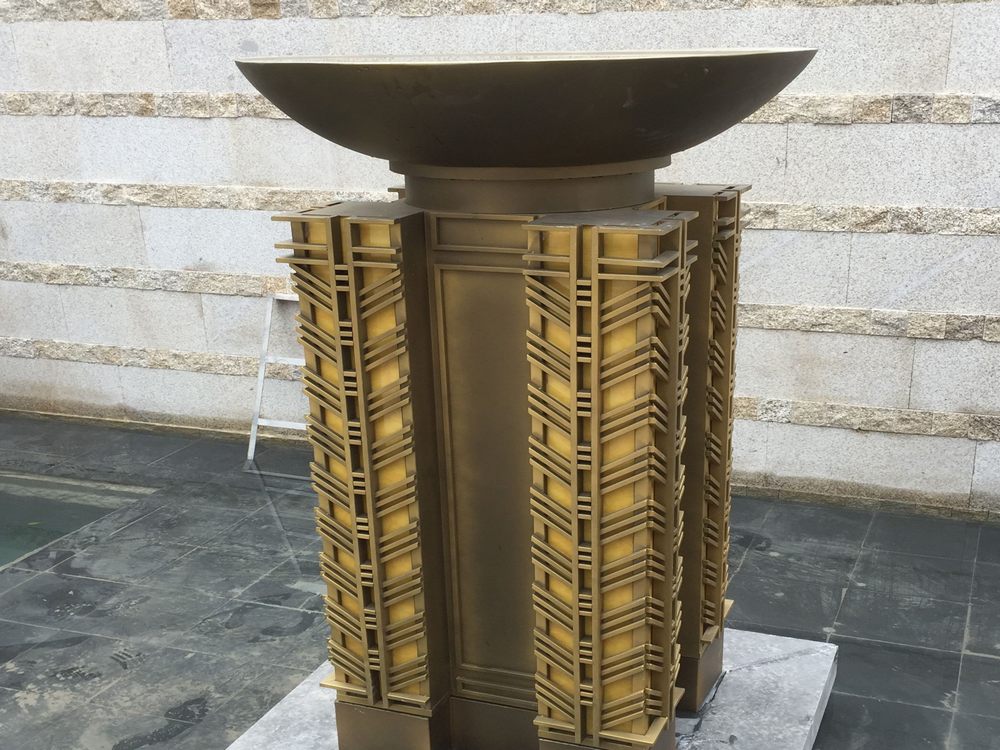
Sculptors have long used stone sculptures to create a profound dialogue with natural landscapes, transforming raw environments into immersive art experiences. By carefully selecting materials that complement the surroundings—such as marble, granite, or limestone—they ensure their works resonate with the earth’s textures and colors.
One key technique is site-specific placement, where sculptures are positioned to interact with natural elements like sunlight, wind, or water. For instance, a strategically placed stone figure might cast dramatic shadows at sunset or reflect beautifully in a nearby pond. This dynamic interaction makes the artwork feel alive and ever-changing.
Another approach involves mimicking organic forms. Sculptors often carve flowing shapes that echo mountains, rivers, or trees, blurring the line between human creation and nature. This harmony invites viewers to see the landscape through an artistic lens, deepening their connection to the environment.
Beyond aesthetics, stone sculptures can also serve functional roles, such as marking trails or creating seating areas, blending artistry with practicality. Whether monumental or subtle, these works remind us of nature’s grandeur while celebrating human creativity.
Ultimately, the fusion of stone sculptures and natural landscapes is a testament to the sculptor’s ability to listen to the land—and respond in stone.

